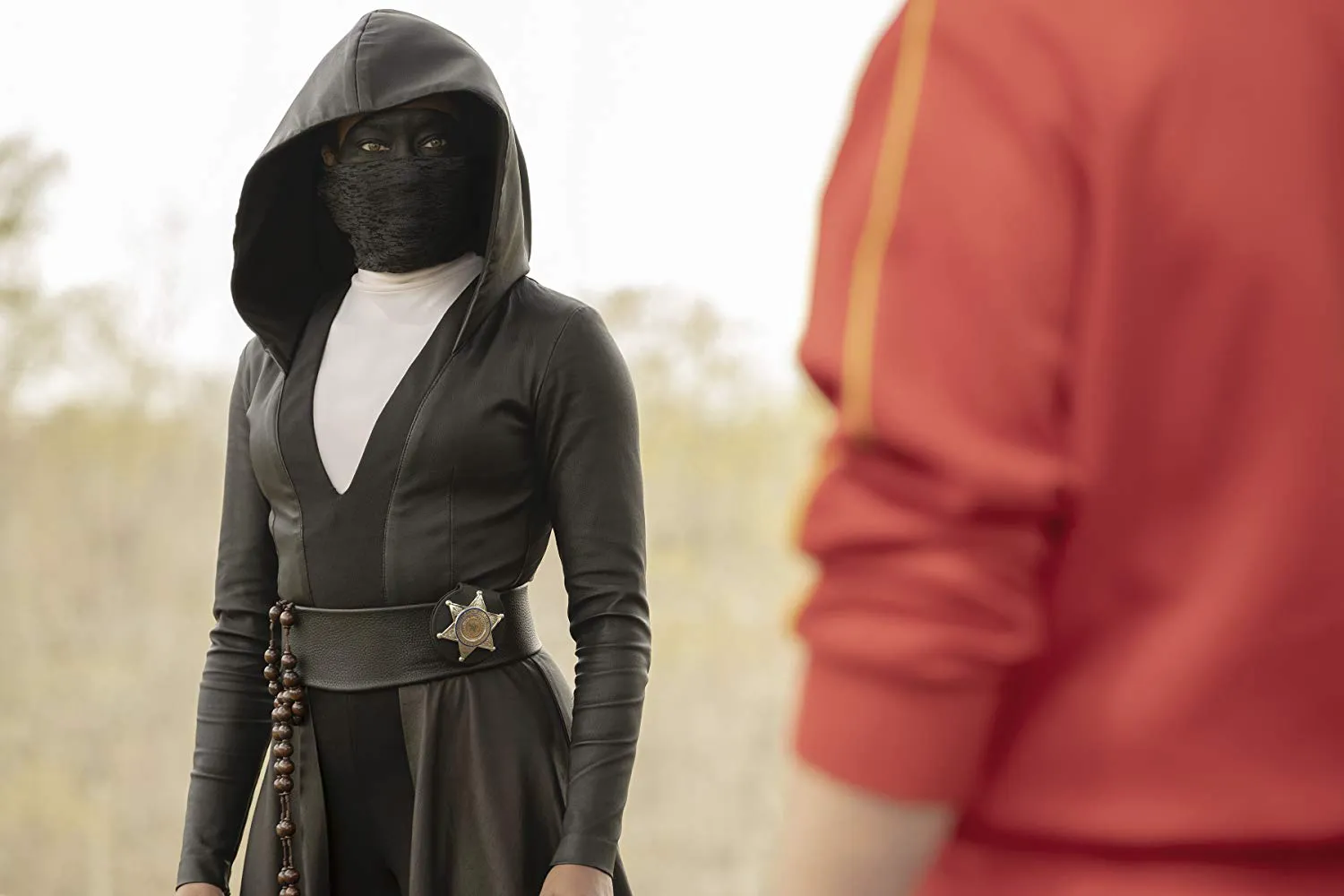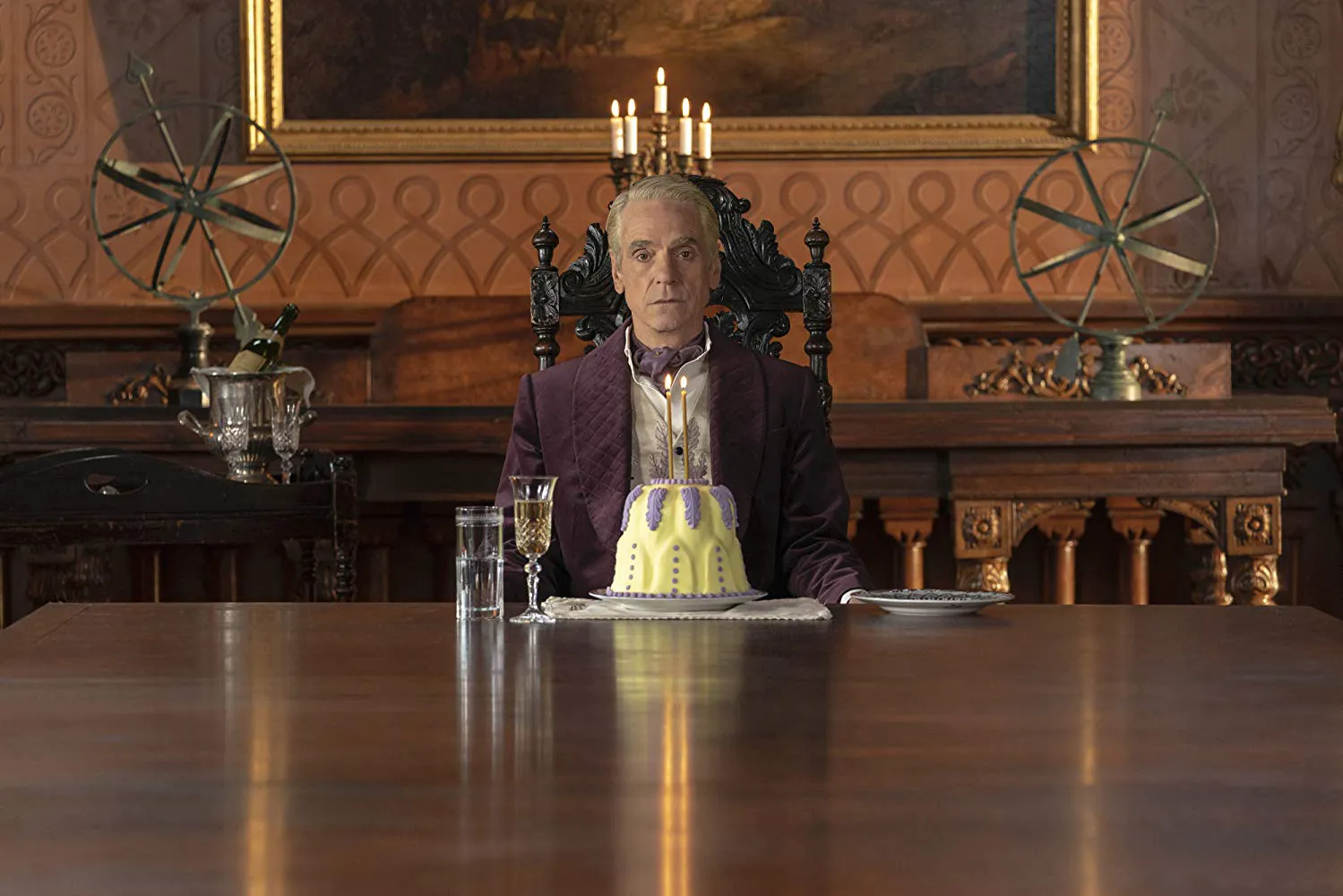The year is an alternate 2019, 34 years after the events of the original comic. The world, as Ozymandias hoped, has indeed united against a common enemy – fictional aliens (in Snyder’s film adaptation, it’s Doctor Manhattan). Robert Redford, the actor, is the President, and the Internet was never invented. In the provincial town of Tulsa, after a Christmas massacre, some police officers officially work with yellow masks, while others unofficially operate in costumes and with nicknames, like vigilantes. Angela Abar/Sister Night investigates the return of the far-right followers of Rorschach, who years ago committed a massacre of police officers and nearly killed Angela herself.

A strange situation occurred with the rights to the original comic – they were about to revert to Alan Moore and Dave Gibbons, but DC Comics managed to retain them and even commissioned a series from HBO. This soured the relationship between “Watchmen” showrunner Damon Lindelof and Moore: Lindelof recently admitted that the comic’s author cursed him, and before that, he openly told Moore off, adding a menacing “I’m still going to do it anyway” because “it’s in the spirit of the writer.” This “fuck you” is felt in the atmosphere of the series, and it’s addressed, among other things, to all the fans who hoped to get an ambitious continuation of the comic with ethical questions of a universal scale and dilemmas in the spirit of “destroy millions to save billions.”

HBO’s “Watchmen” is like “The Leftovers” in the world of post-“Watchmen.” Damon Lindelof builds the world of the series on the principle of his past projects – “Lost” and “The Leftovers.” The viewer is thrown into the epicenter of events without explaining the context and structure of the world: the destruction of the black population in 1921, the return of Rorschach’s followers, and the lives of some of the original “Watchmen.” At first, it’s difficult to understand how the individual plot lines are connected, but gradually everything will fall into place. The main thing to remember is that this is a series that, firstly, cannot be watched in the background, and secondly, it’s best to binge-watch. Weekly waiting for new episodes blurs the memory – this can cause important details for the plot to be missed, although in some episodes, “Watchmen” shifts the focus from the overall narrative to individual stories of secondary characters. For example, there will be an origin story of Abar’s colleague – a police officer who wears a mirrored mask.

Diving Deep into the World of Watchmen
However, the lack of spoon-fed information is a great reason for fans to remember induction and try to build new details into the context of the “Watchmen” universe themselves. Particularly astute viewers will understand the backstory of “Hooded Justice” – the first vigilante in a costume with a noose around his neck – ahead of time. However, fans of the original comic and even Zack Snyder’s film adaptation will definitely not like the fact that the leitmotif of the series has become racism, and one of the most beloved characters in history, Rorschach, has been turned into a symbol of hate (even in a world without the Internet, there is its own Pepe the Frog). Although the step, it must be said, is largely logical, given the ending of the comic: before his death, Rorschach sends his diary to a far-right publication. This is how the cult of the hero is born, whose followers begin to dig under the political elite (President Robert Redford and Ozymandias/Adrian Veidt) in order to “liberate” their people.
A Revisionist Take?
The original comic became a revisionist masterpiece that was one of the first to dispel the myth of the brave superhero and deconstruct the genre, adding realism and psychologism to it. The series does not have a similar goal. It is more important for Lindelof to put a crooked mirror in front of modern America and push for relevance in the series, trying to find points of contact in the country’s racist past. As ironic as it may sound, “Watchmen” is a kind of Rorschach test: some will immediately call the series a lazy indulgence of modern trends, others will see in it one of the boldest series of our time. Being in the latter camp is especially pleasant, because “Watchmen” has something to offer: of the six episodes that were sent to the press (there will be nine in total), the last two take the series to an otherworldly level. Perhaps these are the two best serial hours of this year. It’s scary to imagine what awaits us in the finale of the first season. It’s even scarier to realize that many will not see it because of racist views.